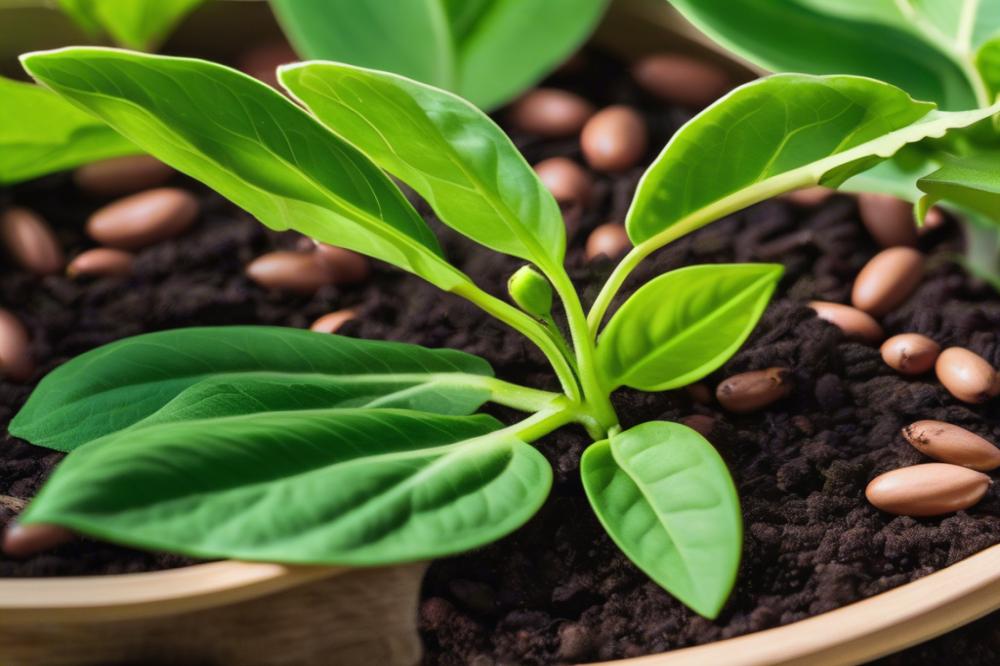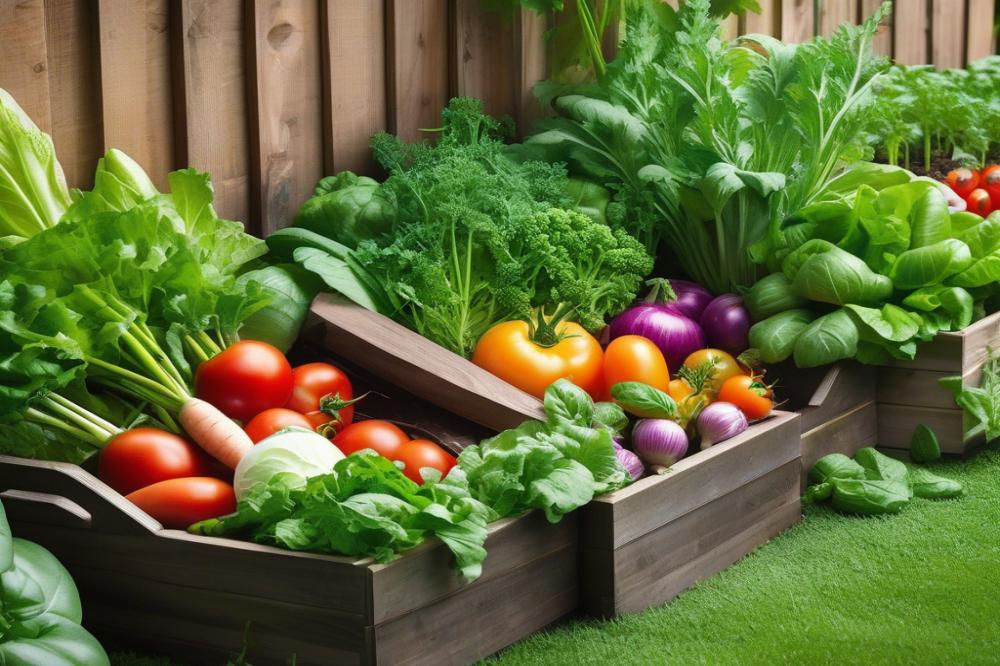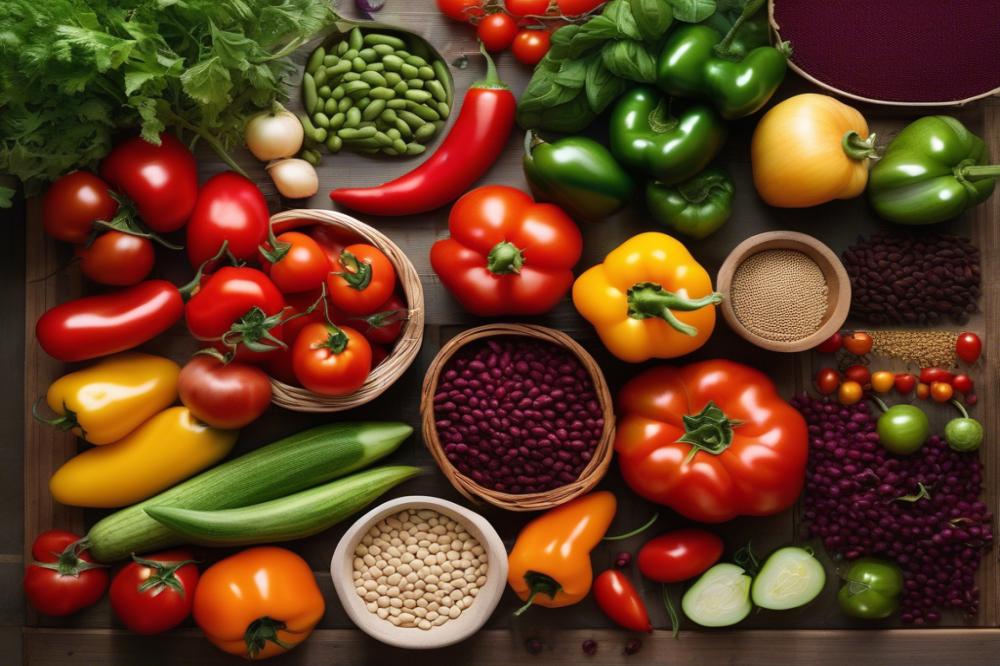Understanding the Value of Pinto Bean Cultivation
Pinto Beans hold a significant place in both agriculture and the diets of many people around the world. They are not just delicious; they offer important nutrients that contribute to a healthy eating pattern. Their versatility allows them to be used in a variety of dishes, making them a staple in many kitchens. As a source of protein, fiber, and essential vitamins, these legumes provide a fantastic option for those seeking nutritious meals.
The purpose of this article is straightforward. Those new to gardening will find guidance to assist them in growing Pinto Beans. From planting pinto beans to understanding soil requirements, each step plays a crucial role in successful Bean Cultivation. Aspiring growers will learn about different pinto bean varieties, care methods, and common pests that might threaten their crops.
Harvesting these legumes at the right time can make a big difference in flavor and quality. This guide aims to cover all aspects necessary for beginners. Whether it’s tips on bean care or insights into the nutritional benefits these beans provide, this article is intended to be a valuable resource. With the right information, anyone can enjoy the satisfaction of producing organic pinto beans right in their own garden. Let’s get started on this journey toward mastering the art of cultivating pinto beans!
Understanding Pinto Beans


Pinto beans are popular legumes known for their distinct mottled appearance. Their color can range from a creamy beige to a light brown, often featuring darker spots. These beans have a creamy texture when cooked, making them a favorite in various dishes.
Varieties and Their Uses
Several pinto bean varieties exist, each with unique characteristics. Common types include the ‘Oregon State University’ and ‘California Light Red.’ Some varieties are bred for better disease resistance or higher yields. Cooks often use these beans in traditional Mexican recipes, soups, stews, or even in salads. In contrast, others prefer using organic pinto beans for a healthier choice.
Nutritional Benefits
Pinto bean nutrition is commendable. They are an excellent source of protein, making them perfect for vegetarians and those looking to cut down on meat consumption. Additionally, these legumes are high in fiber, which is beneficial for digestive health. They also supply essential vitamins and minerals, such as folate, iron, and magnesium. Including pinto beans in your diet can promote heart health and help regulate blood sugar.
When considering growing pinto beans, it’s essential to understand their soil requirements. Providing rich, well-drained soil will lead to successful harvests. Additionally, paying attention to bean care will protect your crops from pests. Regularly monitoring for signs of pinto bean pests can prevent significant loss during the growing season.
Harvesting pinto beans is a straightforward process that typically occurs when the pods become dry and brittle. Timing is crucial to avoid over-ripening, which can lead to losses. Once harvested, beans can be stored for future meals or used right away in cooking.
Preparing to Grow Pinto Beans


Soil Requirements for Optimal Growth
Proper soil is crucial for growing pinto beans. A loamy, well-draining soil works best. Aim for a pH between 6.0 and 7.0. Testing your soil is a good first step. Adding organic matter can enrich the soil. Compost or well-rotted manure helps boost nutrients. Good drainage prevents waterlogging, which can damage roots. Regularly checking your soil’s moisture level will aid healthy growth.
Selecting the Right Location and Sunlight Conditions
Choose a sunny spot for planting pinto beans. These plants thrive with at least six hours of sunlight daily. Consider the layout of your garden. A location with some wind protection can benefit growth. Shadows from nearby trees or buildings can stunt development. Avoid planting near other crops that may compete for nutrients or light. Space is important, so give them room to spread out.
Necessary Tools and Materials for Planting Pinto Beans
Having the right tools simplifies the planting process. Basic gardening tools include a trowel, rake, and hoe. A watering can or hose will help manage moisture levels. Seeds are essential; knowing about pinto bean varieties can help you select the best ones. Labeling markers can keep track of which types you plant. Mulch can conserve soil moisture and suppress weeds. Gather all materials before starting to create an efficient planting experience.
Planting Pinto Beans


Best Time for Planting Pinto Beans
Planting beans requires careful timing. The best time is typically after the last frost has passed. Soil temperature should be warm, ideally around 70°F (21°C). Early spring or late spring is often ideal for growing pinto beans. Check local frost dates to find the optimal planting window. This ensures your plants have the best start possible.
Step-by-Step Guide to Planting Pinto Beans
Begin by preparing the garden bed. Clear the area of any weeds and rocks. This helps create a friendly environment for beans. Next, loosen the soil to promote root growth. A garden fork or tiller works well for this. Once the soil is ready, enrich it with some compost. Pinto beans thrive in nutrient-rich soil.
Now, it’s time for the seeds. Plant them about 1 to 1.5 inches deep. Space them roughly 2 to 4 inches apart in rows. Rows should be spaced at least 14 to 30 inches apart. This allows adequate air circulation and room for growth. Water the area gently but thoroughly after planting. Keep the soil moist, but do not overwater, to avoid issues with pinto bean pests later on.
Guidelines for Spacing and Depth When Planting
Spacing is critical for healthy growth. Remember to plant seeds 1 inch apart for a denser crop, or slightly spaced for bigger plants. Row spacing matters as well. A distance of 24 to 36 inches between each row promotes airflow. Beans require space not just for growth but to help prevent diseases.
Depth also plays a role in successful planting. If you plant too shallow, seeds may not germinate well. On the other hand, if they are buried too deep, they may struggle to reach the soil surface. Keeping everything balanced will lead to a successful pinto bean garden. Following these simple steps can lead to a bountiful harvest full of nutritious beans.
Caring for Pinto Bean Plants


Caring for your pinto beans involves several essential practices. First, regular watering is crucial. Beans need about an inch of water each week. Be mindful of overwatering, as it can lead to root rot. Keeping the soil moderately moist is ideal for healthy growth.
Fertilizing is another key aspect of bean care. Use a balanced fertilizer that promotes growth without overwhelming the plants. An organic option can be beneficial for those looking to grow organic pinto beans. Apply the fertilizer before planting and then again when the plants start to flower.
Weeding should also be part of your routine. Weeds compete for nutrients and water, making it important to remove them regularly. These unwanted plants can easily take over your garden if left unchecked. Cultivating the soil around your beans can help keep weeds at bay while improving soil aeration.
Importance of Proper Drainage and Soil Health
Proper drainage is vital for pinto bean success. Roots require oxygen, which can be restricted in overly saturated soil. Consider raised beds or mounds if your garden tends to hold water. These create a more favorable environment for the plants.
Soil health cannot be overlooked. Beans thrive in well-drained, sandy loam or loamy soils. Before planting, test the soil to ensure it has proper pH levels. Incorporating compost can enrich the soil and provide essential nutrients. Achieving the right conditions can lead to better growth and yield.
Tips for Growing Organic Pinto Beans
Growing organic pinto beans has unique benefits. Start by choosing the right varieties suited for your climate. Some varieties are more resistant to pests, which reduces the need for chemical pest controls. Familiarize yourself with common pinto bean pests and their natural enemies.
Implement crop rotation to prevent soil depletion and pest build-up. By rotating crops, you improve biodiversity in your garden. This lowers the risk of disease and pest infestations. Also, don’t forget to use organic mulch. It helps retain moisture, suppress weeds, and maintain soil temperature.
Harvesting pinto beans requires patience. Beans are ready when the pods turn brown and dry. Pull them from the plant only after ensuring they are not moist. Follow these steps, and you can enjoy the nutritious benefits of pinto bean nutrition while cultivating a thriving garden.
Managing Pinto Bean Pests
Growing pinto beans can be highly rewarding, but pests may pose challenges along the way. Various creatures enjoy munching on these delicate plants. Common pests include aphids, spider mites, and cutworms. Each of these pests can damage the leaves, stems, and overall health of your plants.
Common Pests That Affect Pinto Beans
Aphids often cluster on young shoots and foliage, sucking out the plant’s sap. This action can stunt growth and lead to wilting. Spider mites, tiny and hard to see, create webbing and cause yellowing of leaves. Cutworms, on the other hand, burrow into the soil and can cut off young plants at the base. Identifying these pests early is crucial for effective management.
Organic Pest Control Methods
Those seeking organic pest control methods have several options. Introducing beneficial insects, like ladybugs, can naturally reduce aphid populations. Spraying a solution of water and dish soap may effectively deter mites. Handpicking larger pests, such as cutworms, is another practical approach. Crop rotation can also help disrupt pest life cycles, which makes it an essential strategy.
Preventive Measures to Protect Plants
Preventive measures play an important role in bean care. Choosing resistant pinto bean varieties can lead to healthier harvests. Proper soil requirements must be met, as healthy plants are less susceptible to pest invasions. Maintaining a clean garden area and removing debris will deter unwanted pests. Regular monitoring and timely interventions can safeguard your future crops.
Harvesting Pinto Beans
Signs that Pinto Beans Are Ready for Harvest
When it comes to harvesting pinto beans, timing is everything. First, observe the pods. They should change from green to a yellowish-brown color. Look for dryness too; when pods feel dry to the touch, it indicates readiness. A good rule of thumb is to listen. If you shake the plants gently, the beans should rattle inside the pods. Darker varieties may change color faster than lighter ones. Always check for a firm texture. When the pods are brittle, the beans are likely fully mature.
Step-by-Step Guide to Harvesting Pinto Beans
Approach harvesting pinto beans with care. Start by using garden shears or scissors to snip the pods from the plants. Work from the bottom up to avoid damaging the upper leaves and stems. Gather pods in a basket as you go along. Ideally, harvest in the morning when dew has dried but before the heat of the day. This practice helps maintain the quality of beans. After collecting, spread the pods out to dry for a day or two. Once they are fully dry, shell the beans by gently pressing or squeezing the pods open.
Post-Harvest Care and Storage Tips
After harvesting pinto beans, proper storage is crucial. Start by cleaning them to remove any debris. Spread the beans out in a single layer for optimal air circulation. Consider using airtight containers to keep them fresh. A cool, dark place is best for storage and can extend their shelf life significantly. If you grow organic pinto beans, remember to label your containers. This will help track when they were harvested. Regularly check for any signs of pests. Proper maintenance will keep your beans safe and nutritious for all your cooking needs.
Final Thoughts on Cultivating Beans
Cultivating pinto beans offers more than just delicious food; it also provides a gateway to gardening skills and self-reliance. With the right methods and care, anyone can join in the experience of planting pinto beans. As you embark on this journey, remember that you are not just growing a crop but also nurturing a connection to the earth. Beans can enrich the soil and contribute to a sustainable garden ecosystem.
Starting your own bean garden may seem daunting at first, but the rewards are plentiful. Imagine the satisfaction of harvesting your own healthy legumes. You’ll learn patience, responsibility, and the joy of watching something flourish under your care. Each stage, from sowing the seeds to harvesting, offers valuable lessons about nature and perseverance.
Ultimately, bean cultivation can be a highly rewarding experience. Not only does it provide nutritious food, but it also encourages mindfulness and a sense of accomplishment. So why not take the plunge? Growing pinto beans is a fulfilling endeavor suitable for beginners and seasoned gardeners alike. Embrace the challenge, and enjoy the journey ahead.



